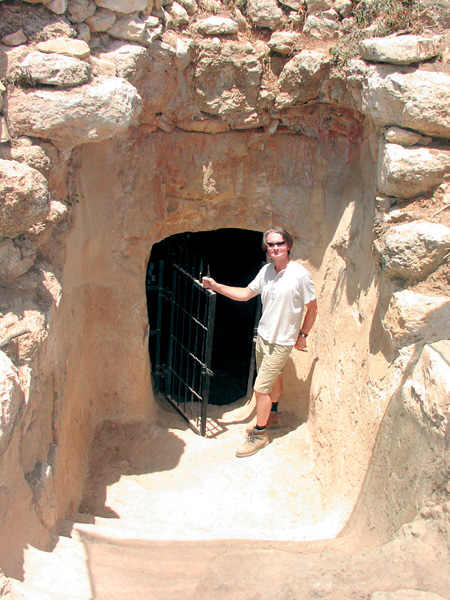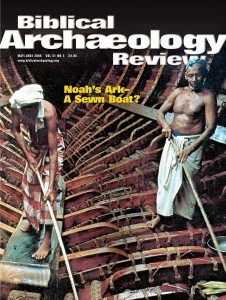
We found the cave by chance in the winter of 1999 when I (Shimon Gibson) was conducting an archaeological survey of ancient agricultural remains on the slopes of the hills and in the wadis next to Kibbutz Tzova, a short distance from the traditional hometown of John the Baptist at Ain Karim, west of Jerusalem. Crawling into the cave, whose entrance was hidden by a thicket of bracken and thorn bushes, I was completely surprised to see on the wall the crude visage of a man holding a staff with one arm raised as if in proclamation, as well as other symbols, such as an arm and a head, and Christian crosses. It was an exciting discovery and, given that I was in an area richly associated with John the Baptist, it immediately occurred to me that these drawings might have something to do with his memory or veneration. Indeed, I thought at the time that the central figure might well be an attempt to depict John the Baptist himself.
Among those I spoke with about what I had found was James Tabor, of the University of North Carolina at Charlotte. He expressed an interest in joining me in a thorough excavation of the site and the two of us became co-directors of the excavation of the Cave of Suba (after the old name of the site).1
Already a library member? Log in here.
Institution user? Log in with your IP address.

